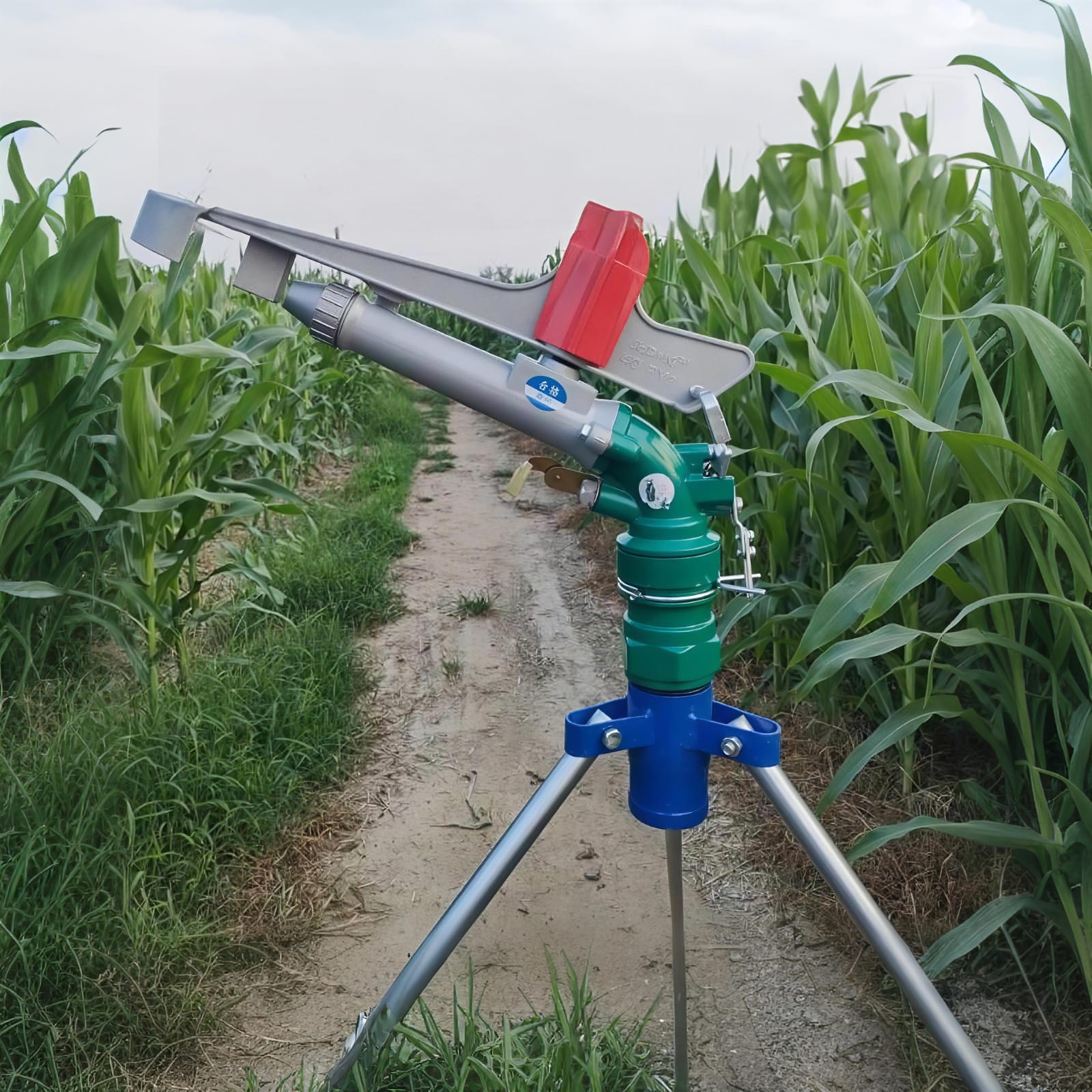WHY YOU SHOULD CONSIDER IRRIGATION SYSTEM AS A WAY OF DEALING WITH UNTIMELY DROUGHTS
By MOIZ on 31st May, 2025

Irrigation is a vital process in agricultural and land management, as it allows farmers to maintain crop growth during periods of low rainfall. By artificially supplying water to the land at regular intervals, farmers can ensure that their crops do not suffer from drought conditions. In addition, irrigation can also help to keep the landscape healthy and green during periods of dry weather.
How irrigation improves farming
It is important to note that irrigated agriculture is, on average, at least twice as productive per unit of land as rainfed agriculture. This increase in productivity can be attributed to a number of factors, including the fact that irrigation allows for more consistent watering of crops, which can lead to increased yields. In addition, irrigation can allow for more intensive and diversified cropping patterns, which can further increase yields. Given the significant increases in productivity that can be achieved through irrigation, it is clear that this practice can play a key role in improving agricultural productivity and food security.Irrigation affects agricultural production in a number of ways. First, it allows farmers to grow crops on land that would otherwise be too dry to support agriculture. This can open up new areas for agriculture, which can lead to a more even distribution of production. Second, irrigation can allow farmers to grow crops more intensively, which can lead to higher yields. Finally, irrigation can also allow farmers to grow alternative crops, which can provide a more diverse range of agricultural products. What are the impacts of irrigation in agricultural production Irrigation systems provide a way to transport and distribute water to crops in order to help them grow. Farmers have long used irrigation to increase crop production, and it remains an important practice today. In addition to its role in increasing yields, irrigation can also help to reduce variability in production by improving control of the crop environment.
Benefits and consequences of irrigation
Drip irrigation is an irrigation method that uses multiple emitters to slowly deliver water to plants. The main advantage of drip irrigation is that it reduces water usage by minimizing evaporation. Additionally, nutrient losses from leaching are reduced, and maintenance is required to keep the system going. However, drip irrigation cannot be used with high iron content water because emitters become clogged. Additionally, chewing on tubing from insects and rodents can cause water leaks.
There are many benefits to irrigating crops, including more stable and reliable yields, reduced crop insurance costs, and greater assurance in meeting production targets and marketing contracts. In addition, irrigation fosters diversity in farm production, which can lead to more resilient farming operations.There are many benefits to irrigating crops, including more stable and reliable yields, reduced crop insurance costs, and greater assurance in meeting production targets and marketing contracts. In addition, irrigation fosters diversity in farm production, which can lead to more resilient farming operations.
Therevare three types of irrigation which are ;
1.Surface irrigation
irrigation method Here the water is applied to the field with the help of gravitational force. This method has high water loses and is least efficient method of all the types used. Interestingly around 85% of irrigation in the world is given by surface irrigation methods. It is mainly used in field crops and orchards. In this method, water from the source of irrigation is supplied to the crop with the help of canals, pipes, etc. The efficiency of this method depends largely on the type of soil and crop, etc.
2.Drip irrigation
Here water is discharged as small droplets to the soil at frequent intervals with the help of emitters. It reduces water losses, minimizes weed formation, and increases productivity. This system of irrigation is aimed to supply the water directly to the plant for consumptive use. It is a highly water-efficient usage system among all methods of irrigation. In arid regions of the world, it is considered the most suitable irrigation method. The main problems in the arid region are limited water resources and undulated land; these problems can be overcome by installing drip irrigation.
3.Sprinkler irrigation system
The sprinkler irrigation method, water is applied over the field under pressure in the form of a spray.
4.Rain hose gun system
Features of Rainhose Sprinkler System are;
Easy to Install and maintain. Drip holes made with laser punching ensuring uniform spray. Suitable for densely spaced crops. Factors to consider when installaling Length and width of farm. Volume of source of water Head of water pump in use Flow rate of water pump in use. Available sizes Diameter: 22mm-63mm Wall thickness: 0.3mm-0.18mm Weight: 6kg-10.5kg Length-100mtrs-1000mtrs Laser Perforations-5holes-7holes